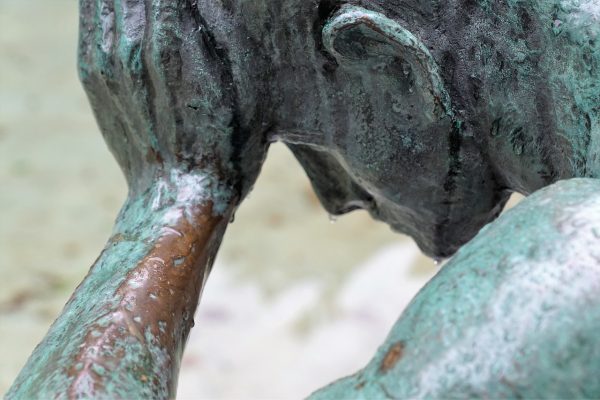Revisiting Endangered Animals

It’s a new year and 10 – 25 unique species have just gone extinct. Sound familiar? If so, great, you’ve been a loyal reader! The Environmentalist Club is going back to endangered species, and so, the environmentalist article will be going back to it as well.
The last article already discussed why some species of animals are endangered and the methods you, the reader, can take to help save or protect them. Therefore, this time we will be talking about three of the endangered species that appear on the endangered species wall on the 4th floor.
First, the Iberian lynx, which is the most endangered feline species on this earth, and in fact, the Iberian lynx could become the first feline species to go extinct in 2000 years. There are only 84 to 143 adults left of this species. They depend on wild rabbits as their main source of food, but the population of wild rabbits has been on the decline due to epidemics affecting the wild rabbit population. As a result, the Iberian lynx population has also been on a rapid decline. However, as with any other endangered species, there are human sources causing the decline of the population as well. On top of a decreasing food population, the Iberian lynx are losing their habitats due to infrastructures, due to being hunted, and being run over by cars.
Second, the Philippine eagle, which is a critically endangered species with less than 200 remaining on the earth. The Philippine eagle, also known as the monkey-eating eagle, has a natural preference for eating monkeys and particularly macaques. Unlike the Iberian lynx, the Philippine eagles’ endangered status is not a result of low food population, but rather human actions. They are hunted worldwide primarily to protect domestic animals (as they do attack dogs) as well as for sport. They are also highly susceptible to toxins due to toxic accumulation in their prey. What’s more, their habitat is being destroyed (surprise, surprise) and their eggs are being collected by collectors to be sold.
Third and final, the Hawaiian monk seal, which is a critically endangered species with about 1,100 monk seals remaining. Their diet consists of mainly bony fish and other minor food sources, including cephalopods and crustaceans. Hawaiian monk seals do not suffer from a low food population or human interference, but instead from themselves. The Hawaiian monk seals are not a genetically diverse species, so they cannot adapt well to changing environments, which is a key factor in the decline of their population. There is also an extremely uneven male to female ratio biased towards males. Due to this male gender bias ratio, a practice among the monk seals known as mobbing takes place. Multiple male monk seals attempt to mate with one single female, but end up attacking her and in the process, possibly killing her.
The Environmentalist Club is working on improving the awareness of environmental issues. If you’re interested in making our environment a better place, come to room 456 on Thursdays during period 9. Mr. Bernardi, the advisor of the club, and its numerous members will be there to greet you.










